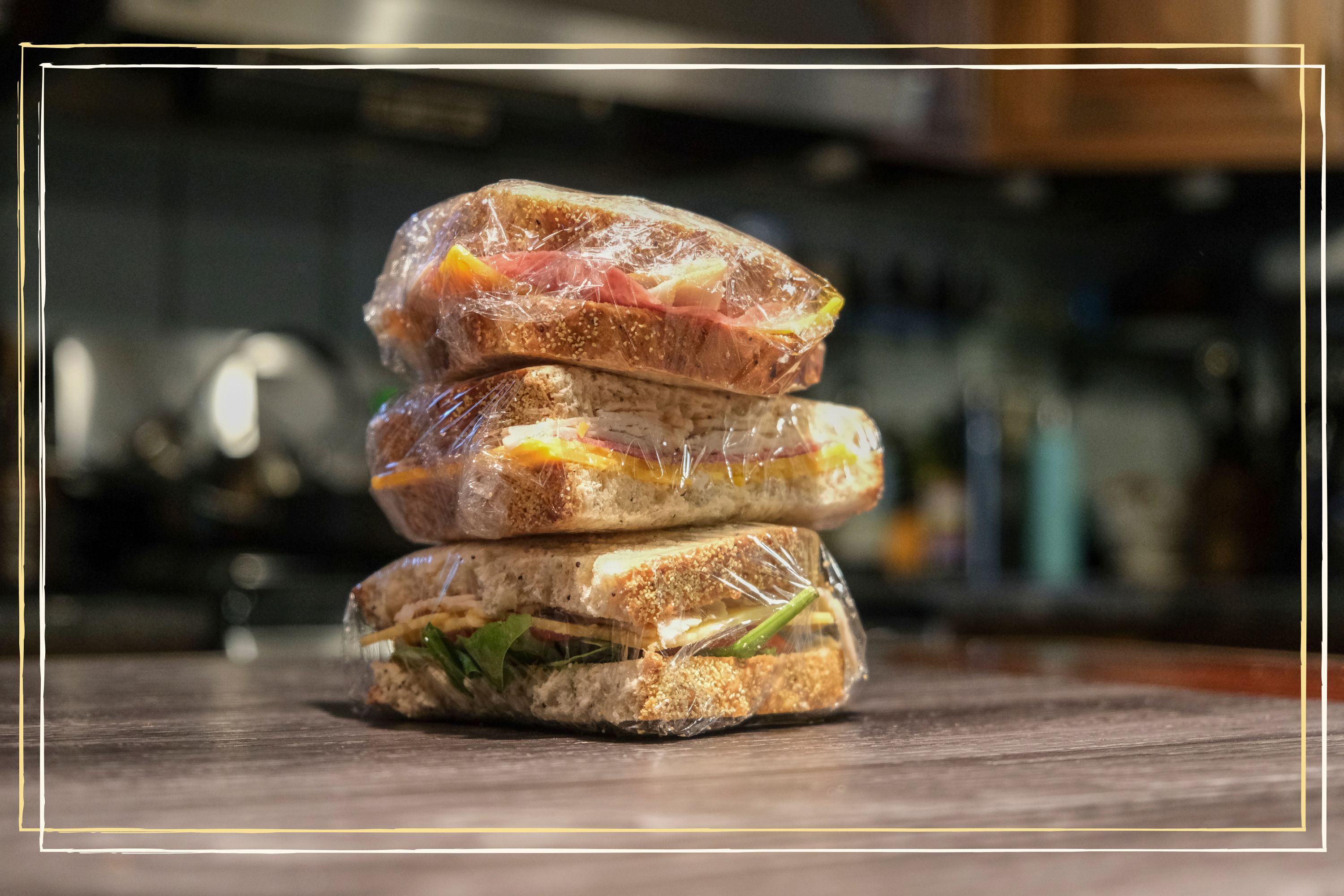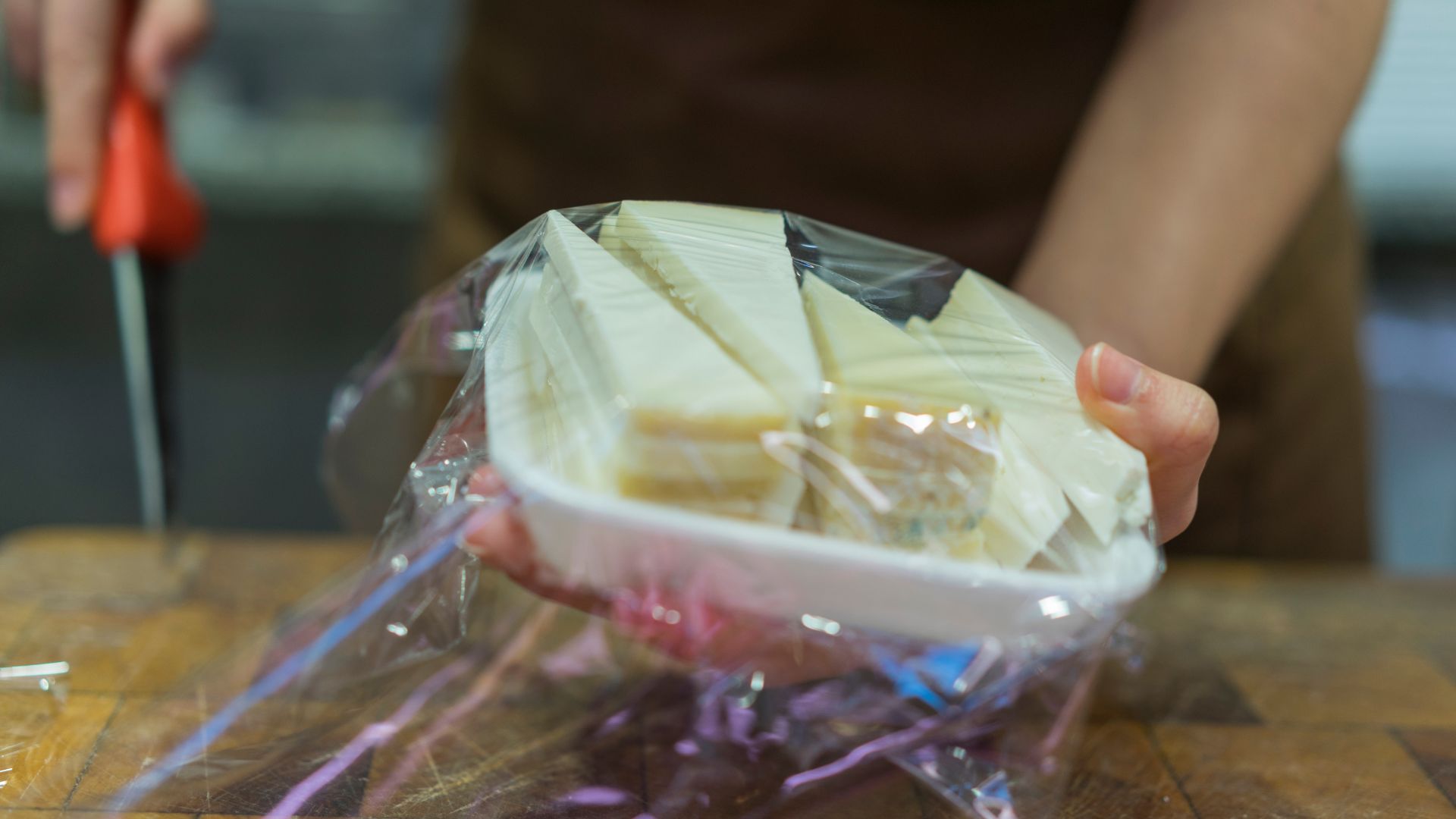
A genius cling film hack has taken the Internet by storm, after revealing how one simple change to its storage could make using the infamously sticky material a whole lot easier to handle.
Let's face it, when you've just whipped up some delicious recipes for your kids' lunchboxes, the last thing you want is poor wrapping material.
Clingfilm has long had a reputation for being difficult to use, with its sticky texture and invisible lines often making it irritatingly tedious to package up your treats. The plastic wrap can be such a hassle that some people choose to avoid it altogether and opt for tinfoil, or eco-friendly alternatives like newspaper or reusable containers. (Speaking of, here's our line-up of the best kids' lunch boxes on the market).
But alas, it looks like there could be a solution to this conundrum.
A new hack circulating on the Internet has now revealed that how we store clingfilm, which is typically used for keeping foods fresh for longer, could be to blame for its pesky qualities. According to the experts at the Good Housekeeping Institute (GHI), clingfilm should actually be kept in the freezer rather than the cupboard.

"The plastic wrap was a lot easier to unroll and use," noted Carolyn Forte, Good Housekeeping's Director of Cleaning Appliances & Textiles Lab, after putting the trick to the test.
There is just one downside, however, to the freezing of the material. The lower temperatures compromise the clingfilm's adhesive qualities, meaning you may have to use tape or elastic bands to ensure it stays in place.
"It doesn't stick to itself when it's cold but still works to cover up a dish," Forte added.
"As it warms up, it goes back to being sticky but it's definitely easier to handle when cold."
In other hack news, this TikTok colander hack has divided pasta fans everywhere with its accusations we've all been using the essential kitchen utensil wrong.







